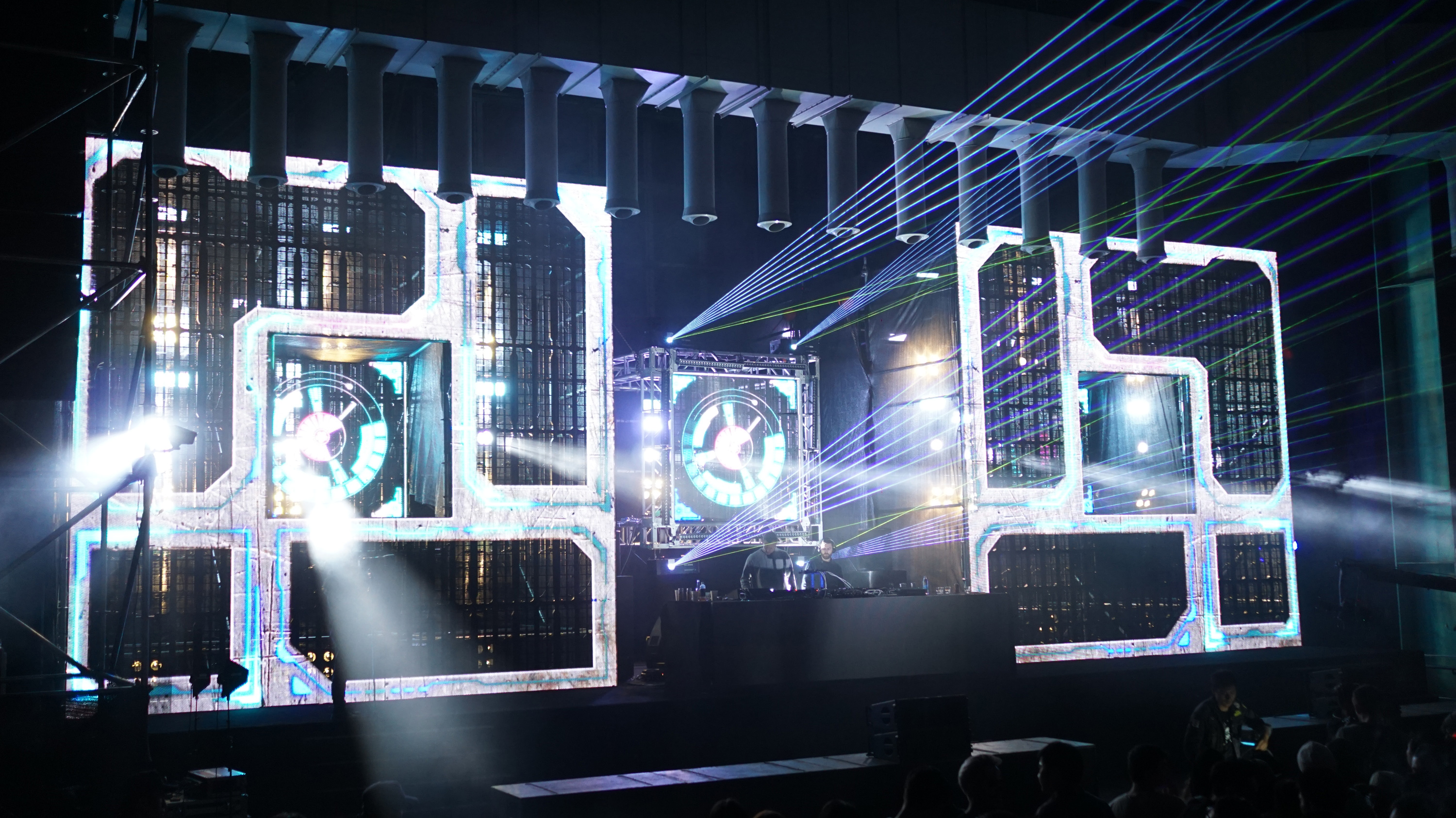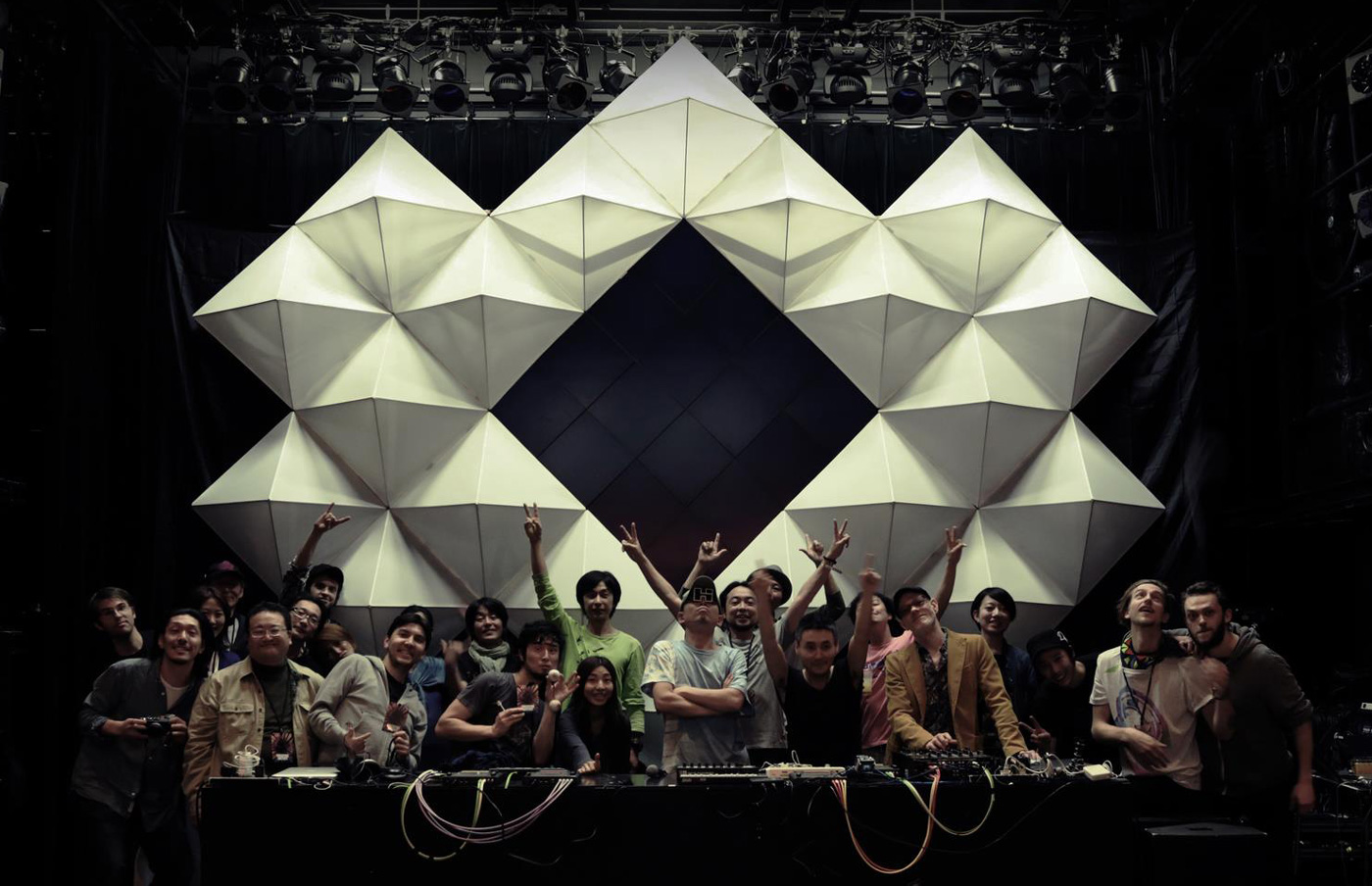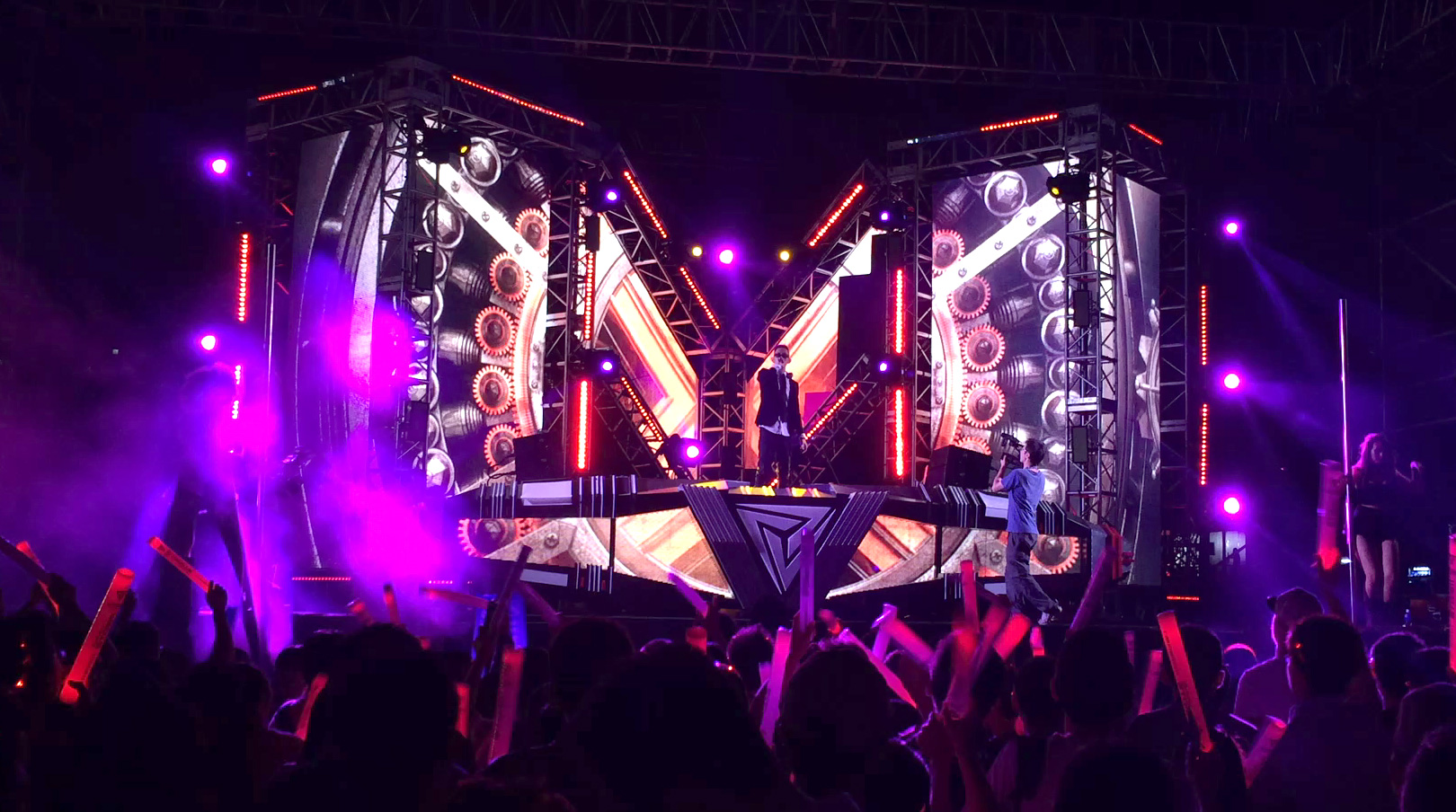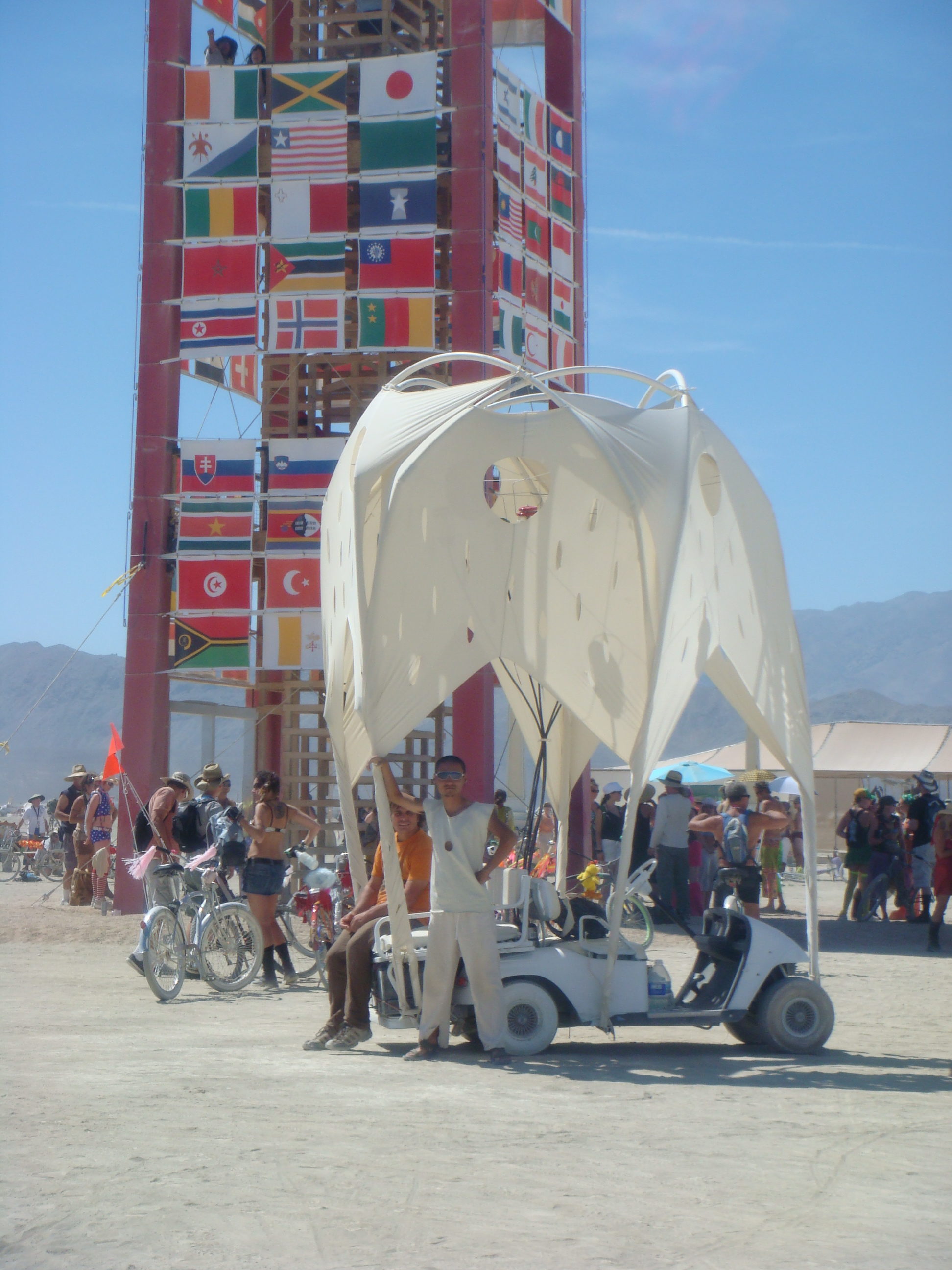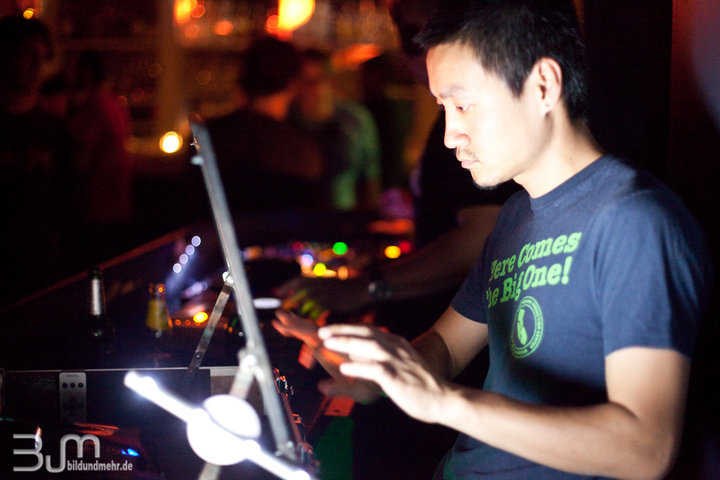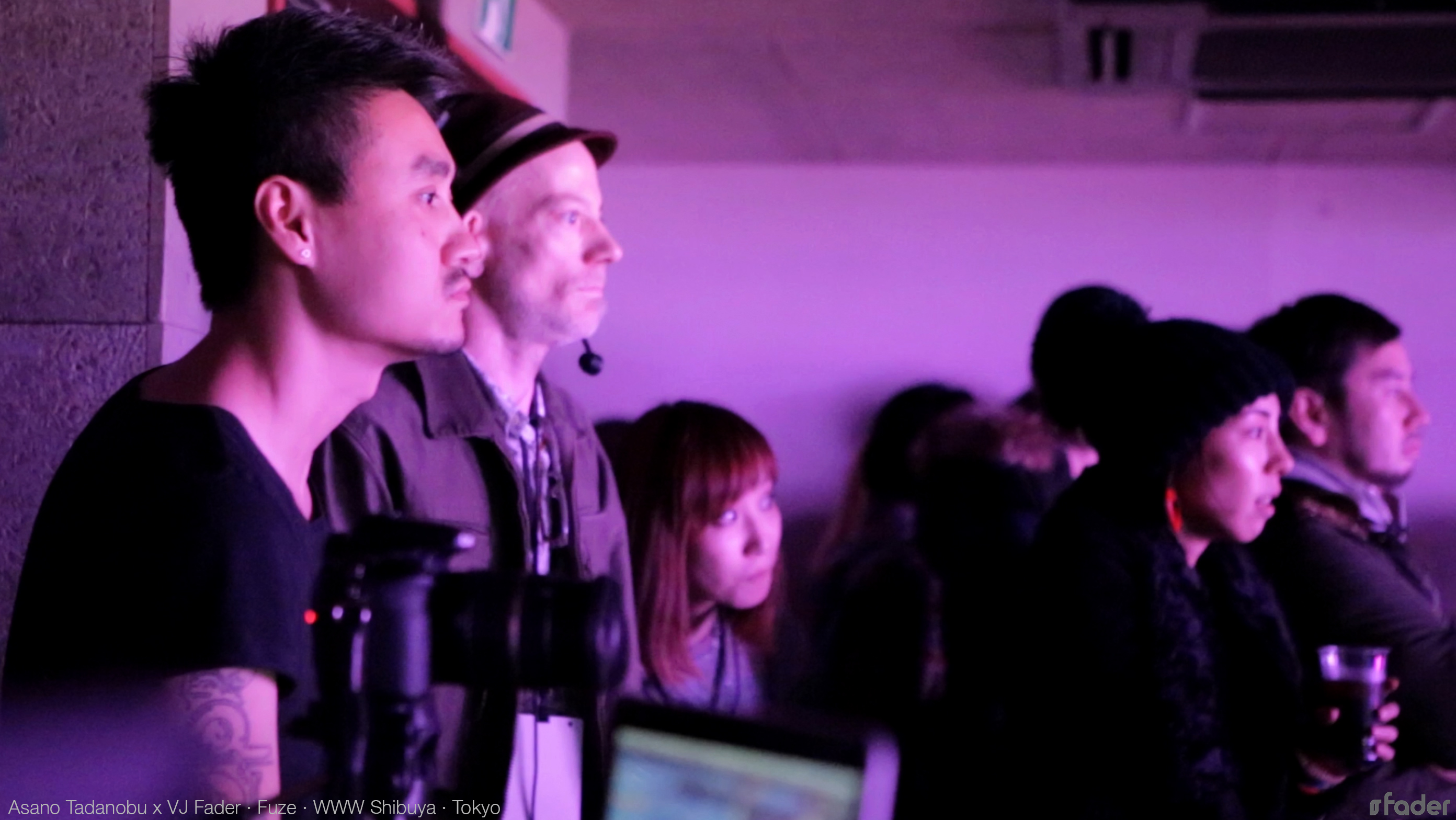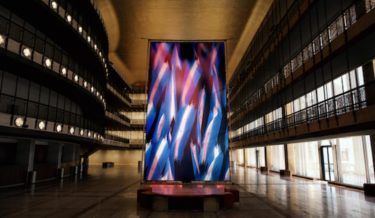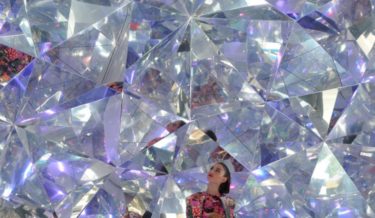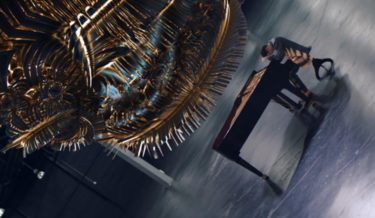Related post
Pixels Dance in a Massive Video Installation at the New York City Ballet
Mar 17, 2017
|
Comments Off on Pixels Dance in a Massive Video Installation at the New York City Ballet
3007
This Giant Kaleidoscope is Really a Rave Cave
Apr 11, 2017
|
Comments Off on This Giant Kaleidoscope is Really a Rave Cave
3946
A Solo Jazz Pianist Gets Overtaken by a Fractal Universe in This Gorgeous Music Video
Apr 10, 2017
|
Comments Off on A Solo Jazz Pianist Gets Overtaken by a Fractal Universe in This Gorgeous Music Video
2674


